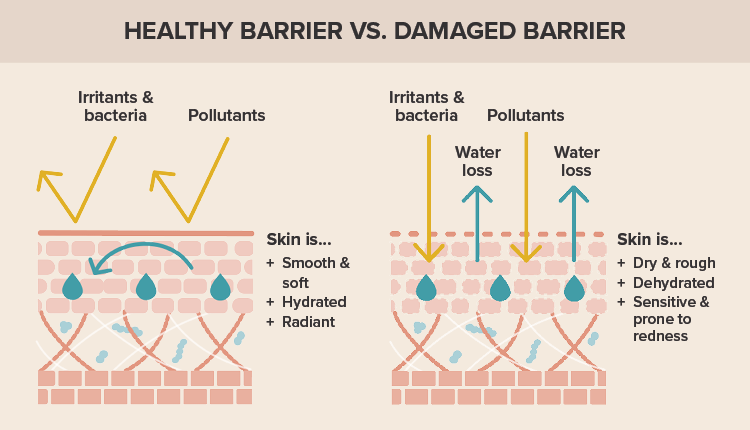The ultimate, no B.S. guide to quick, effective skincare:
Cult-favorite skincare products, the classics (fair warning, some of there are expensive):
I have personally tried all of these except for the ones over a hundred dollars at least once and can attest to the fact that they live up to the hype. These are also listed in the order in which you would use them. They might not do your skin dirty, but they might do your wallet dirty.
Oil cleanser: DHC Deep Cleansing Oil
Face wash: Youth to the People Kale + Green Tea Spinach Vitamins Superfood Cleanser
Exfoliant: Paula’s Choice 2% BHA
Essence: SK-II Facial Treatment Essence
Toner: Cosrx Advanced Snail 96 Mucin Power Essence

Vitamin C: SkinCeuticals CE Feurlic

Moisturizer: SkinFix Barrier+
Sunscreen: Elta MD UV Clear (no white cast!)
For everyone: wear sunscreen. Every day, no excuses.
Dry skin: moisturize while skin is still damp to lock in hydration. Ingredients that help: hyaluronic acid, ceramides.
Excessively dry skin: moisturizer with petrolatum, the most occlusive ingredient that exists on the market.
Hyperpigmentation: Reapply sunscreen more often. Most products that help with hyperpigmentation make you more sensitive to the sun. Ingredients that help: niacinamide, chemical AHA/BHA exfoliants like salicylic acid, glycolic acid, mandelic acid, PHA (if you have sensitive skin), alpha arbutin, azelaic acid, licorice extract, and hydroquinone. Just pick one at a time, don’t try them all at once.
Melasma: hydroquinone, retinoids, and professional chemical peels. Often needs to be treated by a dermatologist or at least aesthetician.
Acne (not persistent, just once in a while): cute hydroquinone pimple patches can help the occasional blemish.
Eczema: avoid irritating ingredients, especially fragrance. Look for National Eczema Association stamped products. Colloidal oatmeal and ceramides can soothe flare-ups. Often, steroids and antihistamines must be prescribed by a doctor.
Rosacea: many acne products like anti-biotics also help rosacea, especially sulfur.

Sunburn: Aloe vera helps soothe skin, especially straight from the plant. Vitamin C and E can improve healing time. Retinoids are the closest ingredients we have for reversing sun damage, but it’s not perfect. Avoid using products with fragrance until your skin heals because that’s like rubbing salt in a wound! Wear sunscreen next time and reapply every two hours!
How to spot skin cancer: redness or swelling surrounding a mole, itching, pain, tenderness, growths, or lumps under the skin. See a dermatologist immediately, especially if skin cancer runs in your family.
Hey Caroline your post this week was very informative and timely as I have been having some trouble with my skin condition. I actually have dry skin and attempted to use a new moisturizer only to find out that I was allergic and had a massive reaction to it.